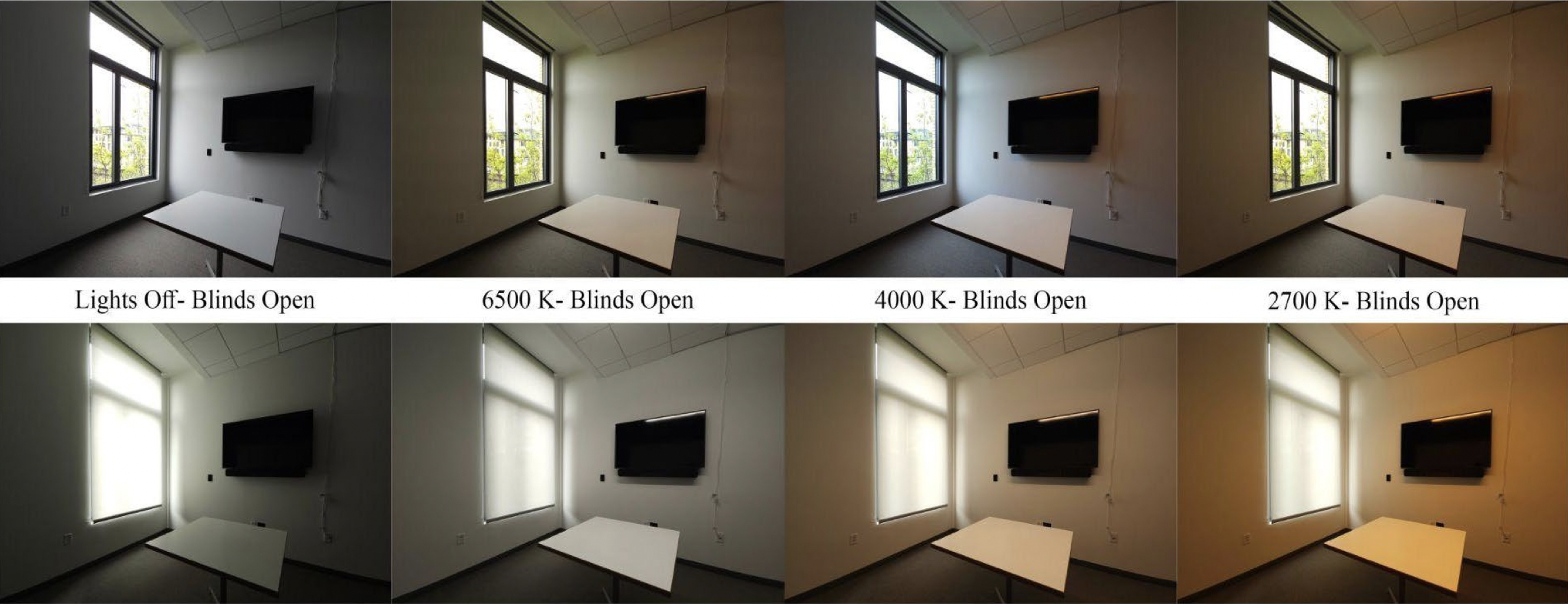Perception of Indoor Lighting: A Comparative Study in Physical and Virtual Environments

Virtual reality (VR) is increasingly used in lighting research to explore human perception in a controlled visual environment. However, its ability to emulate real-world experiences remains ncertain due to technological limitations. This study examines VRs efficacy in evaluating esponses to six indoor lighting scenarios within an office setting, varying in sky conditions, light Correlated Color Temperature (CCT), and blind position. The first phase involved 26 participants assessing office lighting in a physical environment; the second phase involved 15 participants evaluating virtual replicas. Assessments focused on attributes like “Brightness”, “Color”, “Monotonous”, “Vibrance”, and “Likability”. Statistical analysis revealed no significant differences in the perception of color, likability, and monotonousness between VR and real settings, though disparities in vibrancy and brightness were noted. Qualitative feedback highlighted challenges in distinguishing between lighting setups and identified issues regarding VRs ability to replicate the resolution and scale of real-world environments. This study underscores VRs potential and limitations in lighting research.